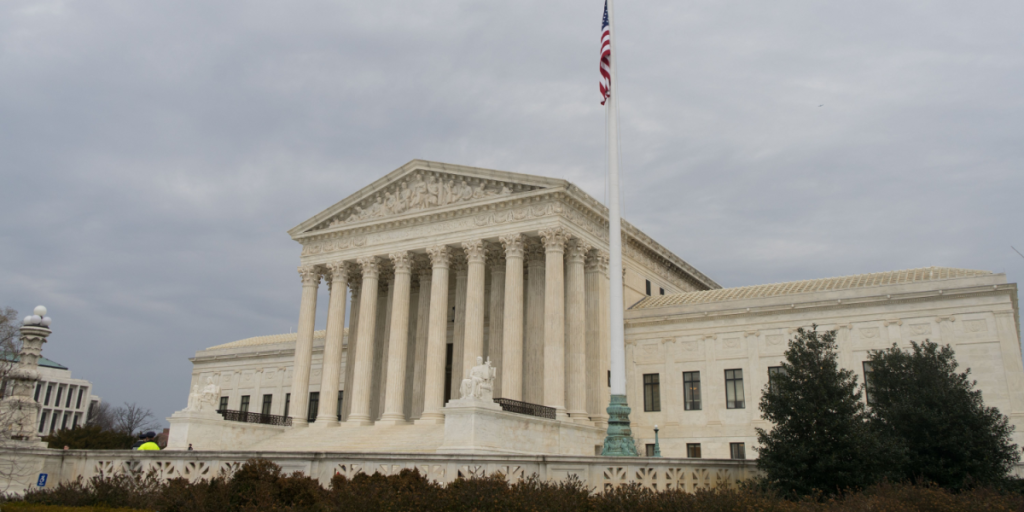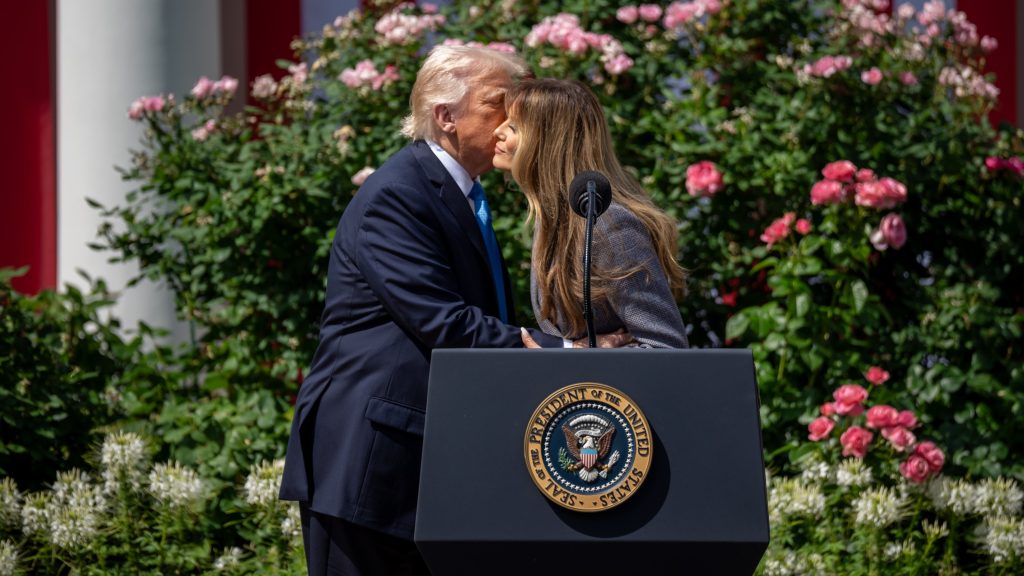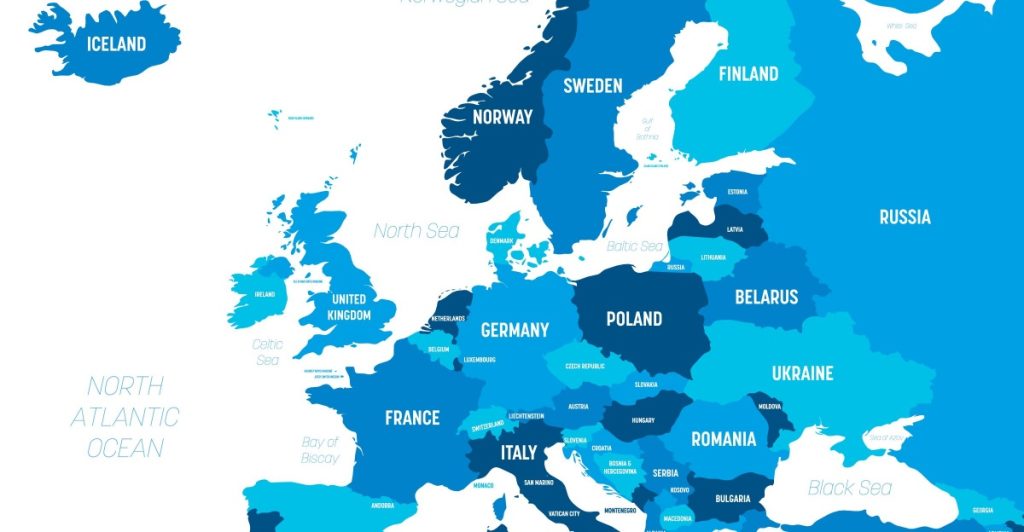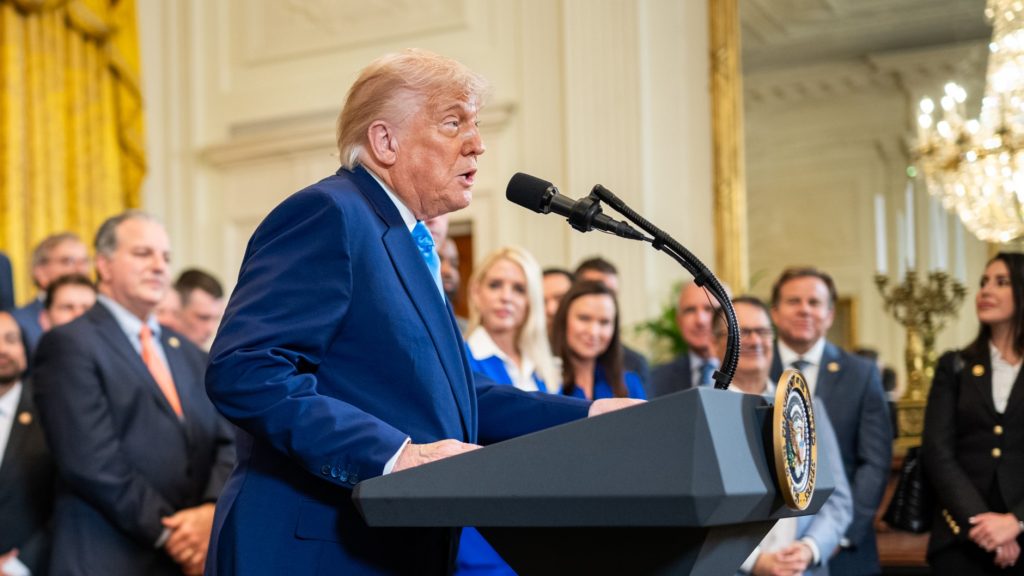A federal court has halted President Donald Trump’s sweeping import tariffs, sparking legal appeals, market shifts, and political reactions. With global trade tensions still simmering, here’s what this landmark ruling means and what could come next.
Others are reading now
A federal court has halted President Donald Trump’s sweeping import tariffs, sparking legal appeals, market shifts, and political reactions. With global trade tensions still simmering, here’s what this landmark ruling means and what could come next.
Federal Court Blocks Trump’s Tariffs

A U.S. federal court struck down the broad tariffs imposed by President Trump, stating that the emergency law he relied on doesn’t grant unilateral tariff-setting powers. The court reaffirmed that only Congress can regulate international trade.
The Legal Basis and Challenges

Two major lawsuits prompted the ruling—one from the Liberty Justice Center on behalf of small importers, and another from a coalition of U.S. states. Judges ruled that the 1977 IEEPA law does not allow Trump to impose such extensive import taxes.
Tariffs Affected by the Ruling

The ruling halts tariffs on imports from countries like China, Mexico, and Canada. However, it excludes sector-specific levies on goods like cars, steel, and aluminum, which fall under a different statute not challenged in this case.
Also read
Mixed Political Reactions

While the Trump administration vowed to appeal, critics like New York Attorney General Letitia James praised the ruling. She highlighted the economic burden the tariffs placed on U.S. businesses and consumers.
Market Relief and Global Reaction

Markets surged in response. Asian stocks climbed, U.S. futures rose, and the dollar gained ground—signaling relief after weeks of volatility driven by tariff uncertainty.
Next Legal Steps and Potential Appeals

The White House has 10 days to formalize the tariff suspension. Appeals could reverse the decision, but if higher courts uphold the ruling, companies may be reimbursed—plus interest—for the taxes they paid.
How We Got Here

Trump’s April 2 executive order unveiled unprecedented tariffs—10% base rates and up to 145% on Chinese goods—aimed at boosting U.S. industry. The shockwaves spurred global negotiations and retaliatory tariffs, especially from China.
A Fragile Truce with China

After months of escalating tariffs, the U.S. and China agreed to a truce: U.S. tariffs dropped to 30%, China’s to 10%. Both sides seek to ease tensions, though full stability remains elusive.
EU and UK Relations in Flux

The U.S. threatened 50% tariffs on EU goods but delayed the deadline following talks with EU Commission President Ursula von der Leyen. This reprieve allows more time for a transatlantic trade resolution.


